By the end of this week, you should be able to:
- Research and analyse how ideas are perceived in new environments.
- Imagine a graphic design interest that you are familiar with and investigate how the idea can be improved, disrupted or retold through a shift of application.
- Communicate your outcome/ shift ensuring your outcome is apparent, courageous and driven by risk and a rationale.
- Document and communicate your working process on your blog.
- Participate in and reflect upon debate on the ideas wall.
- Manage your independent learning through good planning and self direction.
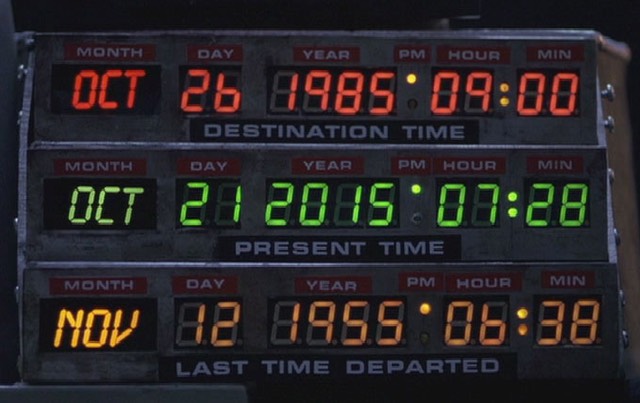
This week’s first lecture was about the future of design and possible definitions of design practice. If movies, such as Back to the Future (above), have taught me anything, it’s that the future is often unpredictable. Universal predicted we would have hoverboards, micro pizzas and personal drones. One out of three ain’t bad, is it?
From the lecture it appears to be some common themes which have stood the test of time in defining design practice. First of all, we are and always will be story tellers. The boundaries of design are constantly overlapping and fewer and fewer people are asking for a logo design, leaflet or brochure. Instead, they are asking for THEIR story to be told in a creative way. This prospect fills me with excitement and creativity. Without these restrictions in place it affords us, as designers, the opportunity to release our full creativity. Often, experiences come from a sound, smell or sight and by starting from these points, a vast array of new outcomes will be possible.
For many years ‘the future’ has been about speed and the ‘attention economy’. New and quick ways of sharing information are in constant development and platforms such as TikTok pay testament to that idea. However, in stark contrast, I feel there is a desire from the public to see non-digital solutions too. Tactile and interactive solutions provide a more holistic approach which interact with all the senses. Maybe technology will develop to engage with smell and touch as well as sight and sound?
Design across the globe is becoming homogenised as a key aesthetic to good communication has been found. This, however, allows for a new opportunity – to stand out from the crowd – by doing something different, or in a new / old way. With design becoming more and more consumable by the public, individuals are now empowered to speak with designers to tell their story in a unique and distinctive way.
Ultimately, we will be led by the developments of the market trends throughout industry. We are suppliers and as such, provide solutions which respond to the problems that happen as result of ‘the new’.

Susanna Edwards in conversation with Maziar Raein
How are ideas perceived in new environments? What is the impact of speculative future trends and forecasts of how we will live? How will graphic design change with the need to adapt to new technologies? And which new opportunities will arise through social and political change? How can graphic design help us to prepare for future need and a future world?
“I think we believe that we can make the world a little bit better and I think, if you don’t believe in that then you should stop designing straight away” Maziar Raein
I am noticing that design is being used more and more to highlight issues in society and bring the ‘hidden’ into the limelight. A great example of this is the illegal blood bank campaign by Elvis Communications which won no less than 5 D&AD pencils.
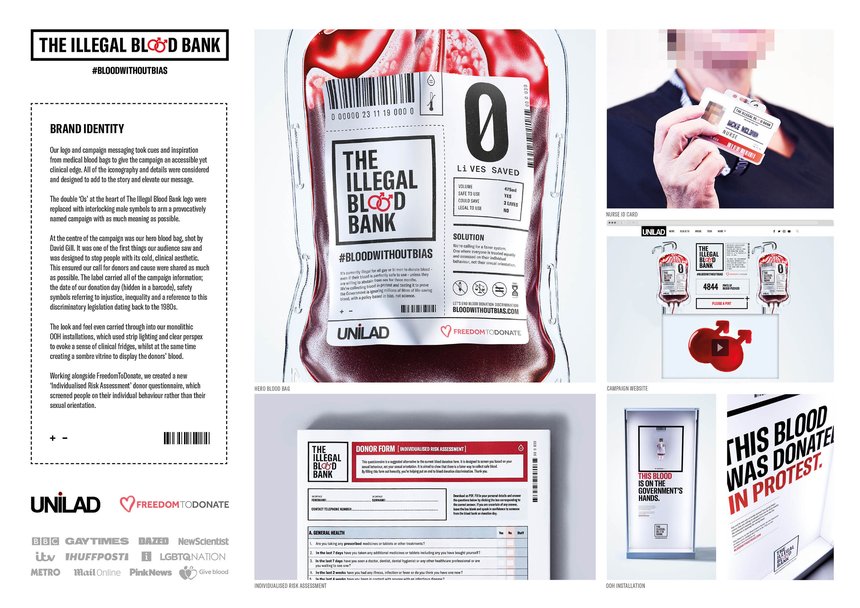
One in four of us will depend on donated blood to stay alive. Yet millions of pints cannot be collected due to an outdated, discriminatory law that puts a blanket ban on all sexually active gay and bisexual men from donating. LADBible and Elvis Communications worked with FreedomToDonate to create a visceral, awareness-driving campaign, using real human blood, that pressured the government to change the law. They opened The Illegal Blood Bank as the world’s first blood bank for gay and bisexual men. In just one day, they collected enough blood to save 78 lives, prompting an NHS investigation into their pioneering new process.
The simple black and red design provides a bold colour pallet which allows the message to really stand out. The use of strong visual aesthetics and important messaging, reinforced in a variety of media and ways means this campaign really hits the mark.
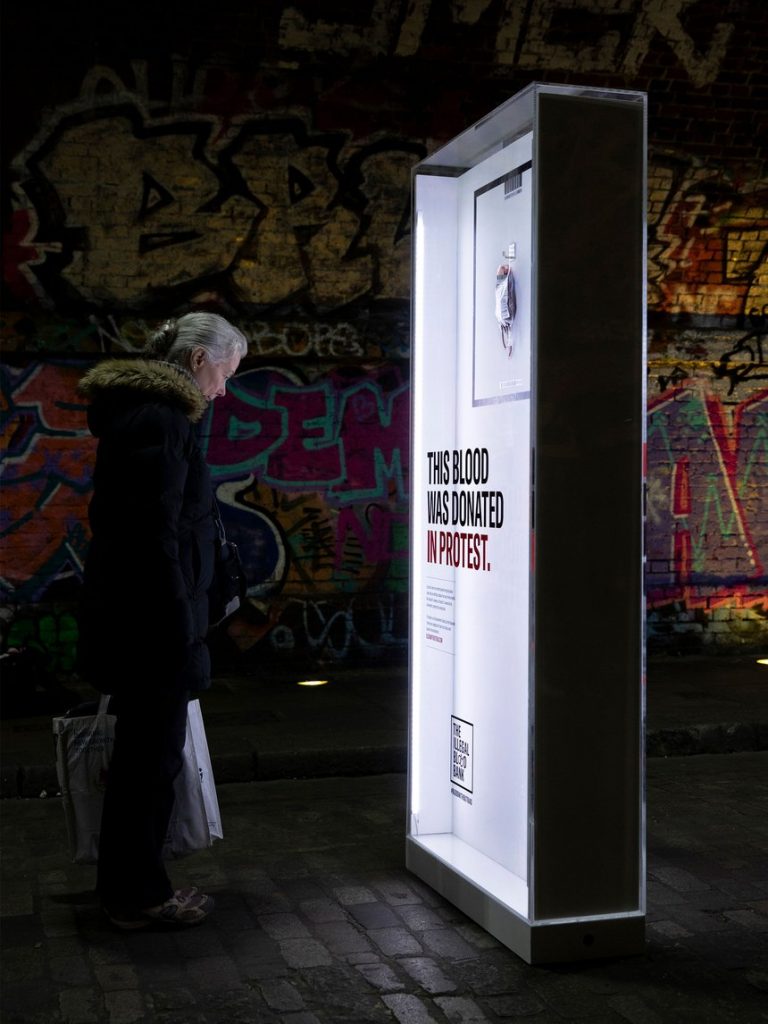
Maziar and Susanna also spoke about being aware of history and applying this knowledge in a contemporary way. One of my favourite examples of this is TheClick design’s response to a department’s stores first own brand range of food and drink.

The use of letterpress which has in turn have been designed, laid out and printed onto labels on the products, is beautiful and ties together Jarrold’s story with design. Perfect.
I really like the notion of curating your own library of ideas and being aware of the edges of your own practice and others. Graphic Designers and becoming infinitely individual and on designer can be completely different to the next one. What is my brand? My story? If I were to look at what makes me unique, what would I discover?
Workshop Challenge
Take a graphic design interest that you are familiar with and investigate how the idea can be improved, disrupted or retold through a shift of application.
This might be an opposing media or environment ( e.g from book to installation, packaging to performance) or an opposing time or fictional future (e.g. speculative design). You can tell the story of your idea in any medium, but ensure the shift you make with your project is apparent, courageous and driven by risk and a rationale.
Upload your work to the ideas wall and demonstrate further reflection on your personal critical, reflective learning journal; your blog
Branding as a piece of art – Speculative Design
So. This week has really made me think about the future of design and in particular, branding. When it comes to branding, we are story tellers enabling the viewer to experience that story…..or at least what we want them to be shown.
A carefully thought through and researched branding project can be absolutely beautiful. Without prejudice, I started to look into ways technology can help improve the users experience.
Whilst conducting my research I came across the following case study:
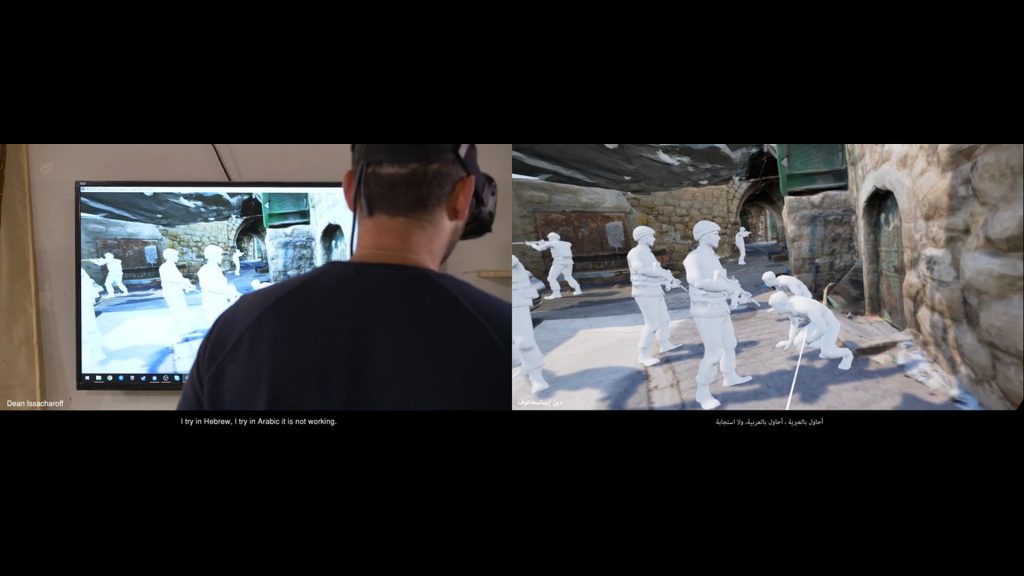
VR as a forensic toolForensic Architecture constructed a precise and navigable digital environment of a Palestinian assault reconstructed in virtual reality (VR).
The level of detail and how the operative moved around was truly breathtaking and something I wanted to explore further.
Forbes (this week!) posted an article called “The Future Of Virtual Reality (VR)” where Bernard Marr wrote, “Very soon, VR creators will extend this sensory hijacking to our other faculties – for example, touch and smell – to deepen that sense of immersion.” He goes on to talk about VR in the following areas:
- Education and training
- Industry and work
- Socialising
- Games and entertainment
But I can’t help feel that he is missing an area in which VR could also flourish – Art and Design – and in particular, branding. Communications giant Ericsson predicts, “that by 2030, we will be able to enter digital environments that appear completely real to all of our five senses simultaneously.

Further research into branding and virtual reality lead me to find these interesting case studies:
I wanted to find our how far 3D design had come since I had last looked into almost a decade ago. Boy, was I in for a shock. This website allowed me to create the following simple design in under an hour. I do encourage you to scan the AR code so that you can see the design in your local environment. This is phenomenal and definitely the future for design, story telling and the ultimate user experience.
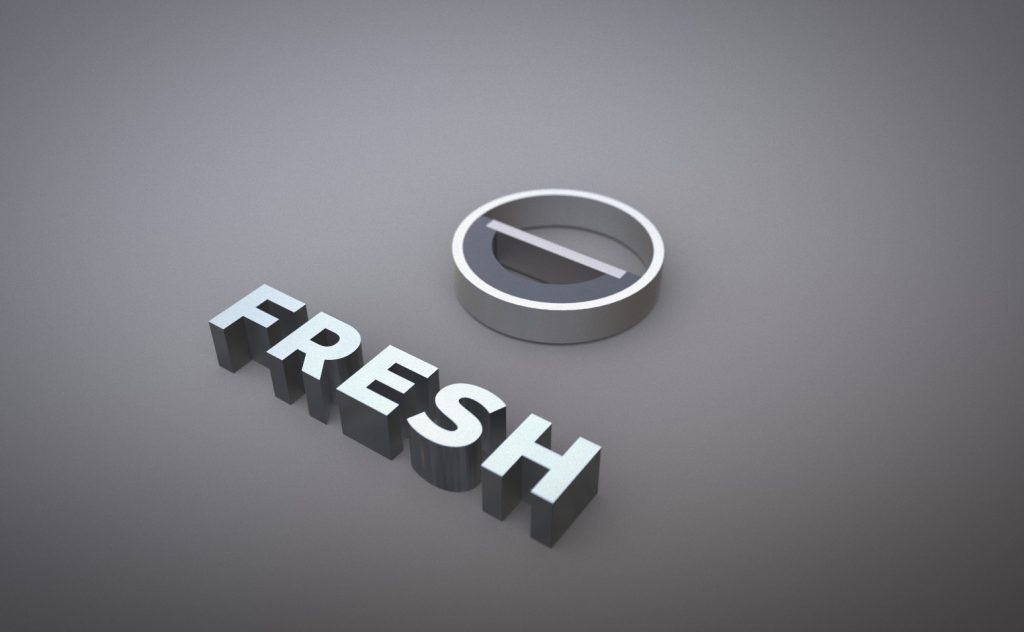
My Final Piece
My final piece this week is going to be strange one. It’s not physical, I cant even begin to think of a way to show you it. I have therefore decided to describe it to you. This isn’t me being lazy – it’s because I don’t have the skills or time to produce what I want. To be honest, I am not even sure if the technology is available to do what I posing. However, from my research above, I truly believe this is the future of design and branding.
Imagine, if you will, an art installation where you are alone in a room. You get dressed in your haptic suit and gloves before sliding on your virtual reality goggles and headphones. You are transported to the entrance of a McDonald’s restaurant. You can smell the burgers cooking as you walk through the sliding doors. A friendly member of staff is on hand to show you the different products available. You can pick them up, taste them and see their nutritional value. The team member asks if you would like to see how a burger is made. You walk through a door and are transported to a field where you can speak with the farmer about how he rears his cattle . You can follow the whole process from field to bun where you end up back in the restaurant. Feeling pretty good about McDonalds about now, right?
On re-entering the restaurant you are greeted by an obese child who explains that he has loved McDonald’s since his parents bought him his first Happy Meal. He shows you the true nutritional values of even the ‘healthiest’ options. He points out a shelf where cancelled Uber orders wait to be disposed of. You follow him through a doorway and are transported to a landfill site for McDonald’s. He tells you that McDonald’s feeds 68 million people a day, which is 1% of the population. The landfill you stand on is just one day of McDonald’s waste. He takes you to a pile of plastic toys and paper straws and tells you that these will not decompose in your lifetime.
You are transported back to the restaurant and as you hurry out the door the experience comes to an end. Do you understand the McDonald’s brand better now? How would you feel if you only saw half of the tour?
Ideas Wall
Personal Reflection
This week has been such an eye opener. I think you sometimes get a bit lost in your day to day activities that you forget to look at the bigger picture and what is on the horizon. One of the biggest takes from this week was that no matter the technological or practical advancements, Graphic Designer’s will always be storytellers. The neatly formed boundaries of specific design niches are becoming ever increasingly blurred. This is a positive thing as it does not pigeon hole you to one specific outcome. Instead, the world is your oyster. Immersing yourself in the clients story and brand rather than focusing on a desired income will allow for a freer creative process.
It’s easy to follow trends and designs which have been accepted globally, however, the rewards available for taking risk and a chance are untold. We are now in a significant position of power where we can influence public perception for good or for bad. We, as designers, have been blessed with a rich cultural heritage which provides us with historical processes which still resonate with people today. Even with future developments in the field, it is of vital importance to remember where we have come from and to bear that in mind with every design.
Virtual Reality is becoming increasingly prevalent in society as costs reduce and technology improves. The idea that, by 2030, we will be able to enter digital environments which appear real to all our senses, is truly mind bogglingly exciting.
Therefore, it wont be long before brands catch on to this possibility and look for ways to tell their own stories. I hope my final piece this week demonstrates how it can be used for good or bad and that the possibilities are endless.
As designers, we will be entrusted with a medium which will be capable of influencing every sense of the consumer and while this will mean stories can be conveyed with ease, it also means that negative aspects can be omitted to provide ‘perfect’ brands.
References
Dunne, A. Raby, F., (2013) Speculative Everything: Design, Fiction, and Social Dreaming. Cambridge MA: MIT. [Website: www.dunneandraby.co.uk (Links to an external site.)].
Forensic Architecture: https://www.forensic-architecture.org/ (Links to an external site.)
TED (2017) Anab Jain: Why We Need to Imagine Different Futures [online video]. Available at https://www.ted.com/talks/anab_jain_why_we_need_to_imagine_different_futures (Links to an external site.) [Accessed 16 January 2019].
Elvis. Illegal Blood Bank. Website. Available at: https://www.dandad.org/awards/professional/2020/231806/the-illegal-blood-bank/ [Accessed 20/01/21]
Jarrold Food Brand. The Click Design. Available at: https://theclickdesign.com/our-work/jarrold-our-type-of-food/ [Accessed 20/01/21]
VR Image. Available at: https://i.vimeocdn.com/video/857975139_1920x1080.jpg?r=pad [Accessed 20/01/21]
List of Full Body Virtual Reality Haptic Suits. Pierre Pita. Feb 28 2017. Available at: https://virtualrealitytimes.com/2017/02/28/list-of-full-body-virtual-reality-haptic-suits/ [Accessed 20/01/21]
Vectary. 3D Design Website. Available at: https://virtualrealitytimes.com/2017/02/28/list-of-full-body-virtual-reality-haptic-suits/ [Accessed 20/01/21]
The Future of Virtual Reality. Bernard Marr. Available at: https://www.forbes.com/sites/bernardmarr/2020/12/18/the-future-of-virtual-reality-vr/?sh=369219f427be [Accessed 20/01/21]
Future Trends And Technology – Insights from Ericsson. Bernard Marr. Available at: https://www.linkedin.com/pulse/future-trends-technology-insights-from-ericsson-bernard-marr-1c/ [Accessed 20/01/21]

Leave a Reply